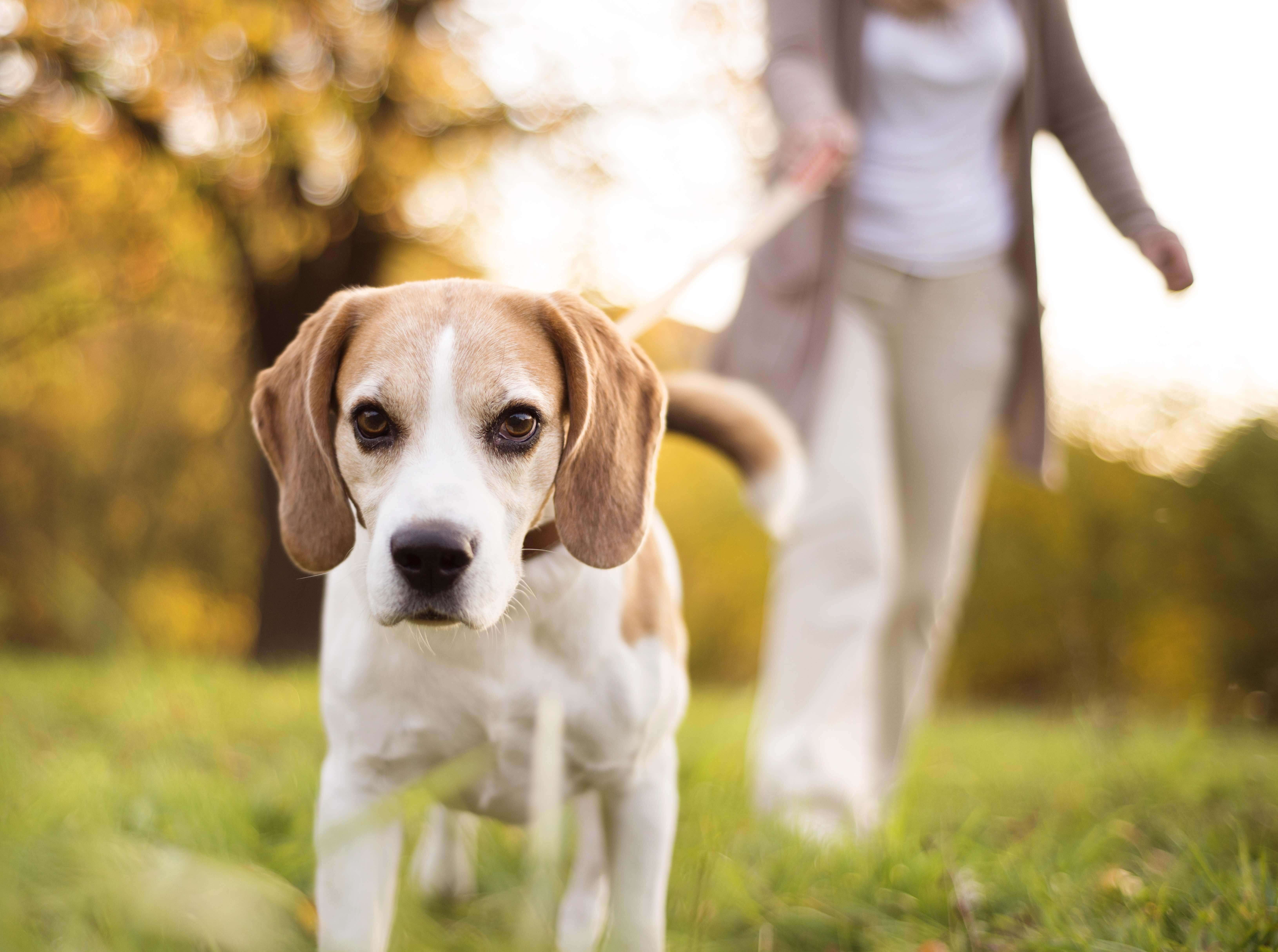What Dog Collar is Best For My Dog
 March 23, 2016
March 23, 2016
Ever pondered what all of those strange looking walking devices are and how they work? Nadia Crighton unveils the walking and dog training leashes and dog collars popular to most veterinary clinics and pet shops.
For many new dog owners purchasing the right dog collar can seem like a bit of a nightmare. With so many to choose from, it’s no wonder you see so many dog owners struggling to find the perfect collar and walking device for their newest addition to the family.
Collars for Pups
Think light. Sometimes it’s even best to start with a cat collar as they are super light and will allow your pup to get used to the dog collar. When your puppy grows consider a soft dog collar rather than a stiff leather collar until your dog is a little older. Going for the cheaper option here is also best, as your sweet-wee pup will certainly grow out of their collar. Also, if you do have a big breed, grab a halter type collar. Getting them used to this now will save you much paw-rubbing annoyance when they are at ‘big dog’ training school.
TIP #1
To check your pet’s collar is not too tight, or too loose, pop two fingers underneath the dog collar (make a gun with your fingers then slide under the collar). You should be able to do this easily. It should feel snug against your fingers but not tight.
Check-Chains / Choke-Chain
These are a very popular choice for dog owners but they do come with some warnings. The main one being to only use them when walking your dog and not to leave the dog chain on your dog at all times. This should not be used as a dog collar, but merely as a walking device. It’s important to ensure your check-chain is put on correctly and that you have been taught how to use the device. Dogs will simply continue to choke themselves; huffing and puffing uncomfortably down the road if the correct training methods have not been used. Your dog should feel the dog collar tighten and stop pulling immediately to loosen the chain. Dogs that are allowed to continuously pull on this device can cause damage to their throats. If it is put on incorrectly it will not loosen when your dog stops pulling and will stay constantly tight, so always follow the manufactures advice. It is best to get a professional dog trainer to show you the correct way of using this device to ensure it works correctly and effectively.
TIP #2
Get some training. Pop along to your local dog-training club. They are a wealth of knowledge when it comes to training a dog to walk on a dog leash and will help with all the info on what leash / collar is best to use for your breed. Most courses run for around six weeks and are very affordable. There is a class for every level and every age.
Halter-Type Dog Collars
These dog collars are a wonderful and ‘soft’ way to stop your pup/dog from pulling on the lead. As they pull the dogs head to the side putting slight pressure on the muzzle and not the throat. They do however take some time for the dog to get used to, so patience is a must. Having the dog wearing one of these devices in a stimulating situation (like a new walking trail or dog training) alongside some treats is a good idea. If you have a serious puller, consider using a double-lead (with a clip at each end), attach one clip to the halter, and another to your dogs collar and use the ‘loop’ as your handle. Some ‘smart’ pullers can figure out how to pull out of the whole collar, particularly when they are getting used to the device. Having two clipped dog collars insures your dog will still be on lead if this does occur. These come in a range of sizes for all dogs including pups and are very adjustable. Perfect for large dogs and great for pups.
#TIP 3
Needing a lead to help your recall? Long leads, particularly those that self-retract are the perfect solution. You can ensure your dog comes when called until you master your recall ready for the off-leash dog area.




